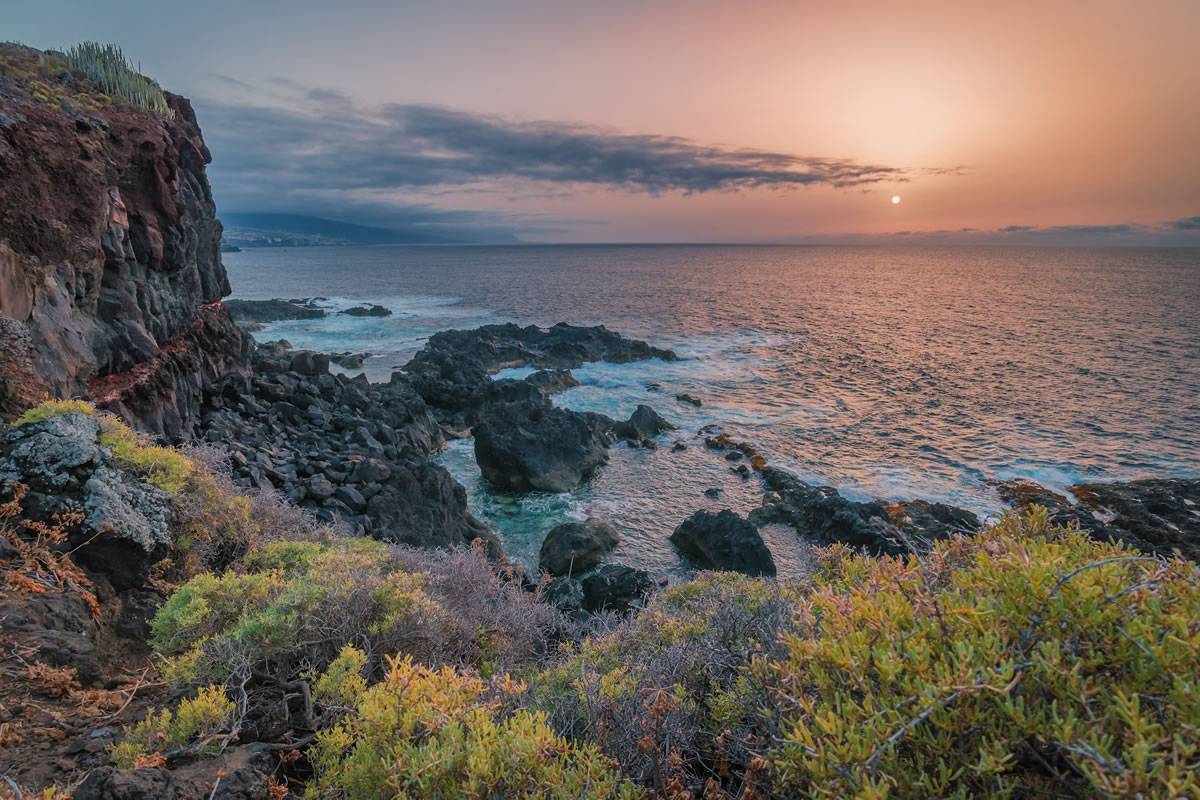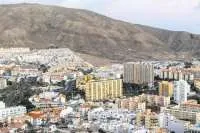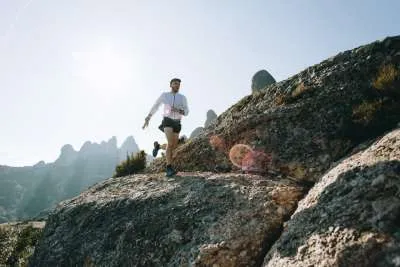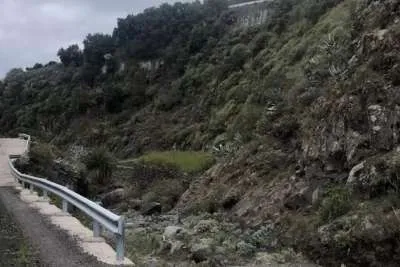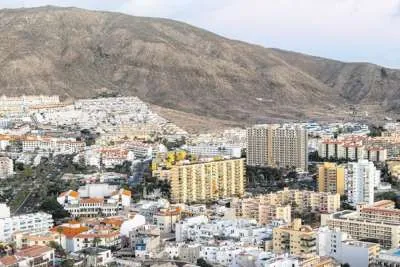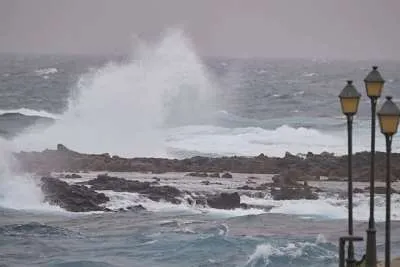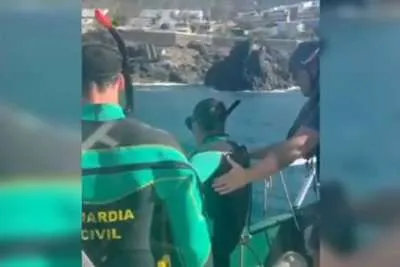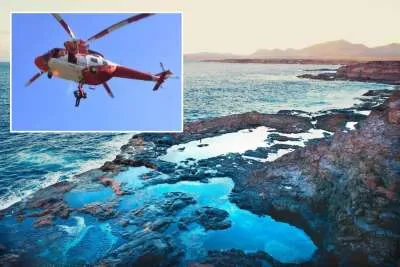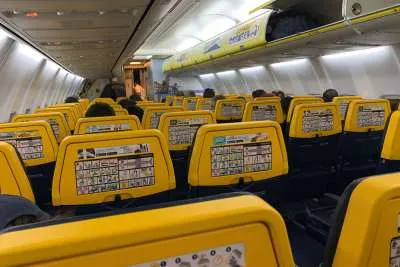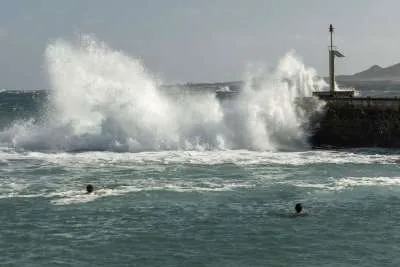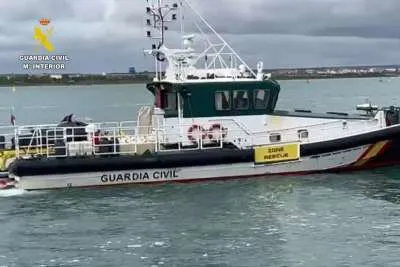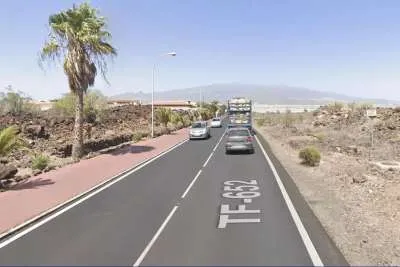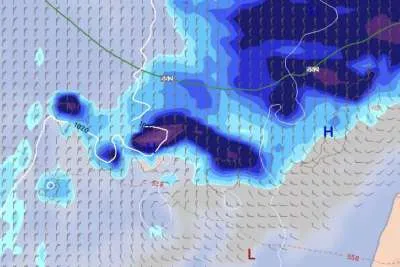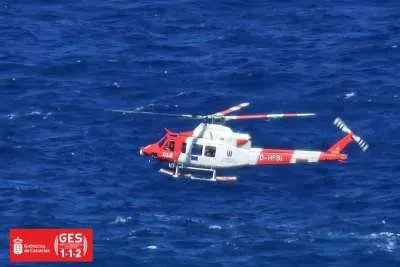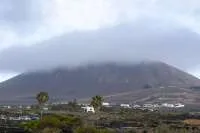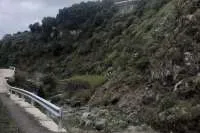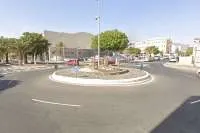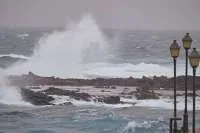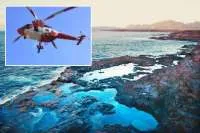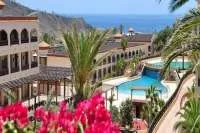Why should Tenerife implement more sustainable tourism practices?
- 05-07-2024
- Business
- Canarian Weekly
- Photo Credit: Unsplash
According to Statista, approximately 5.8 million people visited the island of Tenerife in 2022, including residents of mainland Spain. Looking at its chart covering the last decade and beyond, the number of inbound tourists has steadily risen since 2010. In 2010, some 3.92 million tourists ventured to Tenerife, attracting almost half a million extra people each year by 2016.
As an island location, there’s been increasing chatter and debate surrounding the sustainability of Tenerife’s tourism industry. Preserving its integrity and the way of life for locals is increasingly important. It’s a hot topic among the island’s residents who have welcomed the recent implementation of a new ‘eco tax’ on tourists from next year.
Delving deeper into the new ‘eco tax’
As of January 2025, all new tourists to the island will pay a tax that’s 100% targeted for the conservation, enhancement and protection of Tenerife’s natural beauty. The taxation was revealed by president of the island, Rosa Davila, with the bulk of entry fees paid by travellers entering Tenerife going toward the maintenance of Tenerife’s natural habitat.
Did you know there’s been a sustainable tourism directive in action on the island of Tenerife since the turn of this decade? The reality is that too few people are aware that almost half (48%) of Tenerife is now considered a ‘protected area of nature’. As an aside, hoteliers and other accommodation providers are also being asked to comply with this new directive by the turn of the next decade. By 2030, all tourist accommodation on the island must be 100% powered by renewable energy sources.
Tenerife has long been a haven for Brits seeking guaranteed sunshine and warm weather, but the tourism industry is changing before our very eyes. Travellers are now attracted more readily to locations which offer experience-led breaks rather than hot weather and a great pool.
That’s why Tenerife and the rest of the Canary Islands are working hard to embrace the concept of ‘tech tourism’, positioning themselves at the heart of the digital revolution which also carries its own benefits to the sustainability of the island.
The power of technology for Tenerife’s long-term sustainability
Tenerife is working hard to become what’s known as a ‘smart destination’. Tourists are increasingly attracted to immersive experiences. The use of Augmented Reality (AR) is one such advancement, where visitors have been able to visualise volcanic landscapes using AR-based technology. AR is an increasingly beneficial tool for all manner of industries, embedding new layers of information or entertainment to enrich the general user experience.
In the world of navigation, Google has integrated AR into its Maps functionality, with the ability to spot pathfinding indicators on the move around town. AR is also being increasingly incorporated in the world of digital entertainment, with AR-driven overlays of themed paraphernalia helping to create more immersive online experiences.
With sustainability in full focus for the Canarian way of life, the islands are also looking to use technology to mitigate the impact of tourism and preserve their natural beauty for locals. Whether it’s smart energy management systems or waste reduction platforms, these innovations not only help to curb the carbon footprint of day-to-day life but they also strike a chord with millennial and Gen Z travellers who are increasingly eco-conscious.
Tenerife and the rest of the Canary Islands is also hard at work improving its connectivity infrastructure. High-speed connectivity is the backbone for any digital economy and Tenerife is no different. Last year, the island saw dozens of municipalities benefit from the deployment of 5G mobile connectivity. All of which is helping the island – and the rest of the Canaries – become an appealing destination for digital nomads, who want to live and work in areas of outstanding natural beauty.
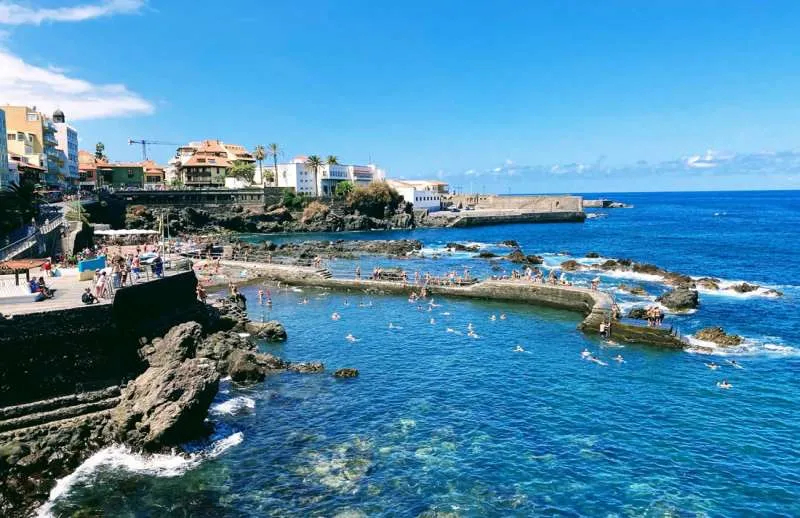
Other articles that may interest you...
Trending
Most Read Articles
1.
Featured Videos
A Vision of Elvis Tenerife Promo
- 10-05-2025
TEAs 2025 Highlights
- 17-11-2025


